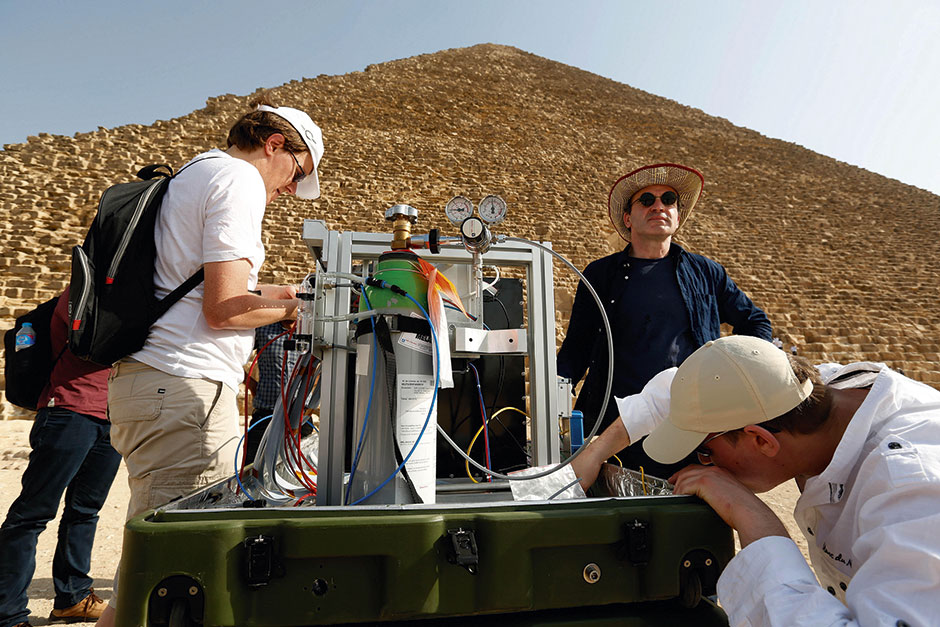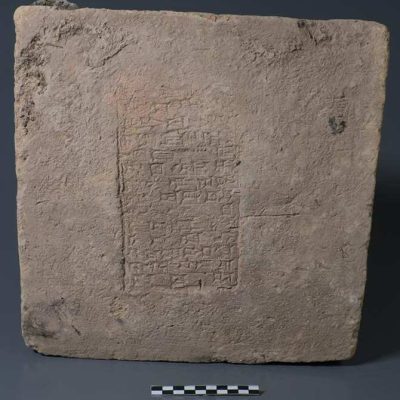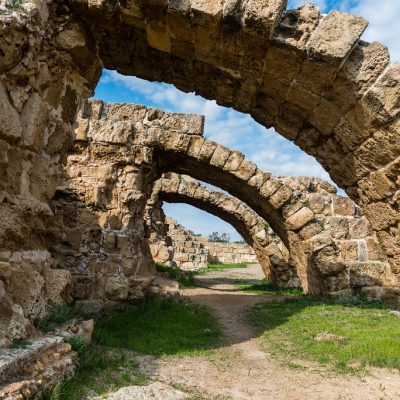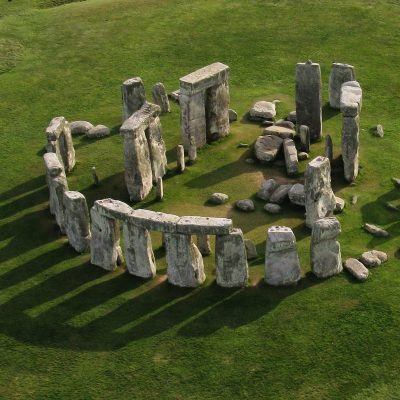Archaeologists have discovered evidence of two possible chambers within the Cheops Pyramid using state-of-the-art measurement methods. Further measurements are needed to determine whether these are previously unknown and well-hidden rooms within the pyramid or simply natural gaps and cavities. The Cheops Pyramid in Gizeh, Egypt, is one of the few structures on Earth that has inspired so many myths and legends. Since its discovery, new shafts or small rooms have been found from time to time. If the current discovery is confirmed, it would be a sensation, as one of the rooms is so well-hidden that it was probably overlooked by tomb robbers.
New technologies make it easy for modern archaeologists to detect hidden shafts, chambers, or natural cavities in massive buildings. The researchers of the ScanPyramids project placed muon detectors at various locations on the pyramid. These detectors register muons that penetrate the pyramid’s rock for several weeks due to cosmic radiation. By simply comparing the muon rate in the open air, conclusions can be drawn about cavities within the building. The first cavity is located above the descending passage of the pyramid. “Each measurement plate revealed a significant excess of muons from this direction,” the researchers write. “Because this excess runs in a straight line, this suggests that this is not just an irregularity in the pyramid, but one or more cavities.” The researchers suspect that this cavity is another passage behind the north facade. The exact shape and size of the corridor will be determined by further muon measurements. Another room could be hidden at a height of 105 meters on the northeast corner of the pyramid. This is about six meters behind the facade and provided the same muon excess as the other cavity.
The Egyptian Antiquities Authority is still skeptical about the anomalies and does not yet speak of chambers or corridors. They emphasize that further measurements are needed to obtain certainty. The former Egyptian Antiquities Minister Zahi Hawass told Livescience magazine that the measurements could also indicate small gaps between the stones of the pyramid caused by construction. “The core of the pyramid consists of large and small stones, and this can lead to gaps anywhere.”










